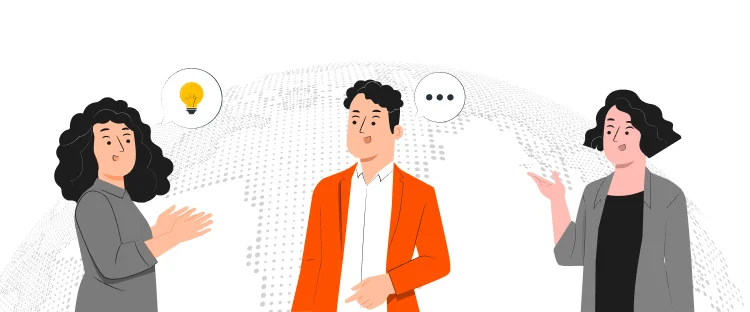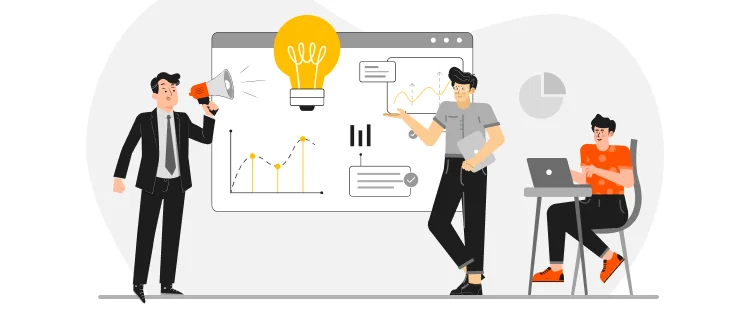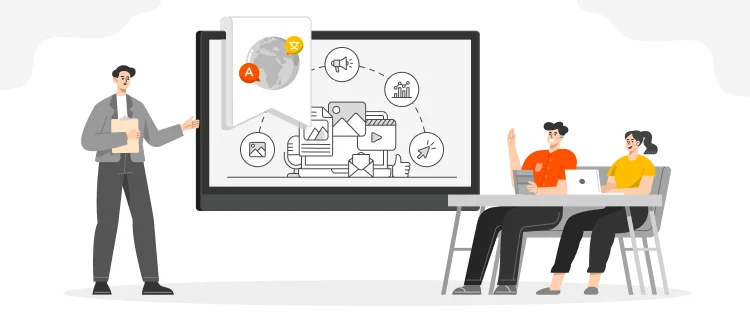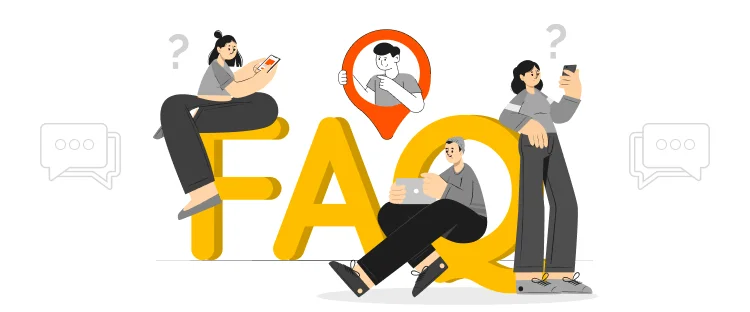Design thinking is the design process that enables you to solve complex problems. It combines deep user experience, system thinking, iterative rapid prototyping and multi stakeholder feedback to guide us through the successive stages in your design. When you are designing for your product, you should keen about every aspect that effects its promotion especially language. You can take help from Translation Services Company who provide the services like Canadian French translation services for Advertising.
The Translation Services Agency is the best option to choose while jumping onto other regions to run your business. These French (Canadian) Advertising translation services help you to translate your advertising data into any language you demand by keeping in mind the cultural norms.
Design thinking like complex system is interdisciplinary it cuts across traditional domain by recognizing that everything in the world is designed. Thus it takes design out of its comfort zone building chairs and fancy coffee cups to apply to all areas from designing effective organizations to creating health care and financial services.
A design process is bit like blowing up a balloon and slowly letting all the air out of it again. It requires an initial face of divergence thinking where you ask expensive question to explore full content in many different possible options. It is more evolutionary meaning you cannot fully see from product for inception it emerges and thus you have to think about the future in an open way. That means having the confidence in the possibility that the unknown outcome is feasible as whole point of the design process, is that you will create something that does not yet exist, thus it is unforeseen.
You don’t have to reinvent the design process every time. There are few brought stages to it that few people will define in different ways. Here are some of the often identified phases in the design thinking process. The following stages are:
Firstly there is the researching phase. What you are doing here is not creating a thing, what you are creating is a solution. Thus you need to understand the context within which your system will exist and where it relies in relation to other things within that environment. You get full insight into why it is to the way it is and from this can begin to conserve of an improved solution.
When you don’t understand the context you would simply move in circles and simply reacting to the preexisting solutions. One generation of designers decided that the straight lines are the greatest things, extolling all there virtues, making everything square and rectangle with pointy corners. Until the next generations of designers come along who are now sick of straight lines, so they started the new revolution of curves and rounded corners.
Until everyone get tired of all the curves and find straight line again and again. If you remember there are always two qualitative different levels of complex system, the local and the global. As designers of the system you will be dealing with the primarily on the macro scale and at the end of the day everything really plays out on the local level.
You need to understand that local context where people interact and live out their lives through these products or services. to understand people of every area it’s difficult to it by yourself you can take advantage of Certified Translation Services Company who make you aware of the culture and though of people of specific area.
People not always express what the problem is or no exactly what it is that they want. So you need deep immersion to piece it together for yourselves. This research phase is the muddy and confusing part of the process that is frequently approved in hunt of reaching at the end result quickly. But with these complex engineered systems it is critical in building a solid foundation with which to forward on.
If the initial phase of empathy and the context understanding is all about why, than ideation is about the what. The solution has to be viable for each of the multiple stakeholders involves. That is from the human perspective of the end user that have to live with the finish product from the economic perspective of the businesses to the organizations that are going to deliver the solution from the technological perspective from which it is physically possible.
You might add from an environmental perspective of what is sustainable given the resources available. You need to be aware that everyone bring some kind of perspective to this ideation process and each kind of these perspective will have some kind of filter on it. It is only identifying and removing these filters. You can truly think outside the box, where real innovation happens.
Once you have an idea what you are building than you need to know how to build it. Prototyping is the vehicle through which you experiment to discover this. Prototyping can be an art and craft. It requires practical skills to build and imagination to bridge the gap between a mock up and finished product. The idea is to fail early. Many complex systems are big lumpy things like transportation that works, you build them once and then you are stuck with them for many decades. Prototyping offers the safe environment to stay failing until you succeed.
Designing something is lot about learning and the best learning is supported by experience. Experience in the functioning of the system you are designing can only be really gained by putting it out there into its operating environment. Because it is only when it is in its finished context you can gain a full three sixty degree view of it. You can do this by creating what is called a minimal viable product. The very own basic version of your system that is fully functional and from which you can get real feedback.
These steps not necessarily follow the linear path. They can accrue simultaneously and can be repeated.

Colorado is said to be one of the best places to do business because the business environment is very friendly
Read More
The global marketplace has become an attractive place for brands and businesses, where they strive to create a presence of
Read More
CAD, or computer-aided design and drafting (CADD), is the use of computer technology for design and design documentation. CAD software
Read More
Many global companies, foreign governments and Iranian are hoping to see an increase in investment in Iran after declaring the
Read More
Artificial intelligence has taken a big space in almost every industry. There is also a widespread acceptance that AI is
Read More
Persuasion is all about manipulating other people behavior. At first it might sound immoral but it doesn’t have to be.
Read More
Now days everyone is searching for good ideas for their company they wanted to be more creative, they wanted to
Read More
Technology has now much diverse roots in this age of development. Now it is not wrong to say, that you
Read More
Localization is the practice of altering the functional properties of a product and also its characteristics. This is easily done
Read More


Document Translation
Professional document translation by native expertsApp Localization
Get more downloads by adapting your app for different target marketsVideo Translation
Multilingual translation and subtitling servicesWebsite Localization
Adapt your website into multiple contexts for global reachSoftware Localization
Adapt your software for global usersGame Localization
Reach new players with localized gameplayMTPE
Refine AI translations for natural fluencyBusiness Translation
Professional translation for business documents and websitesDTP & File Conversion
Professional DTP and File conversion, supporting multiple file formatsProofreading
Perfect your content with expert review© Copyright 2025 MarsTranslation